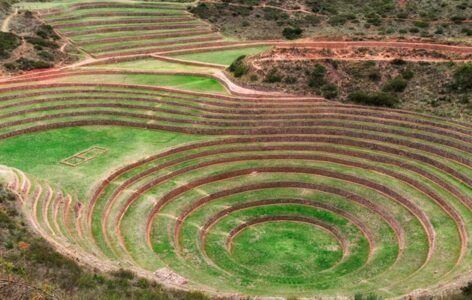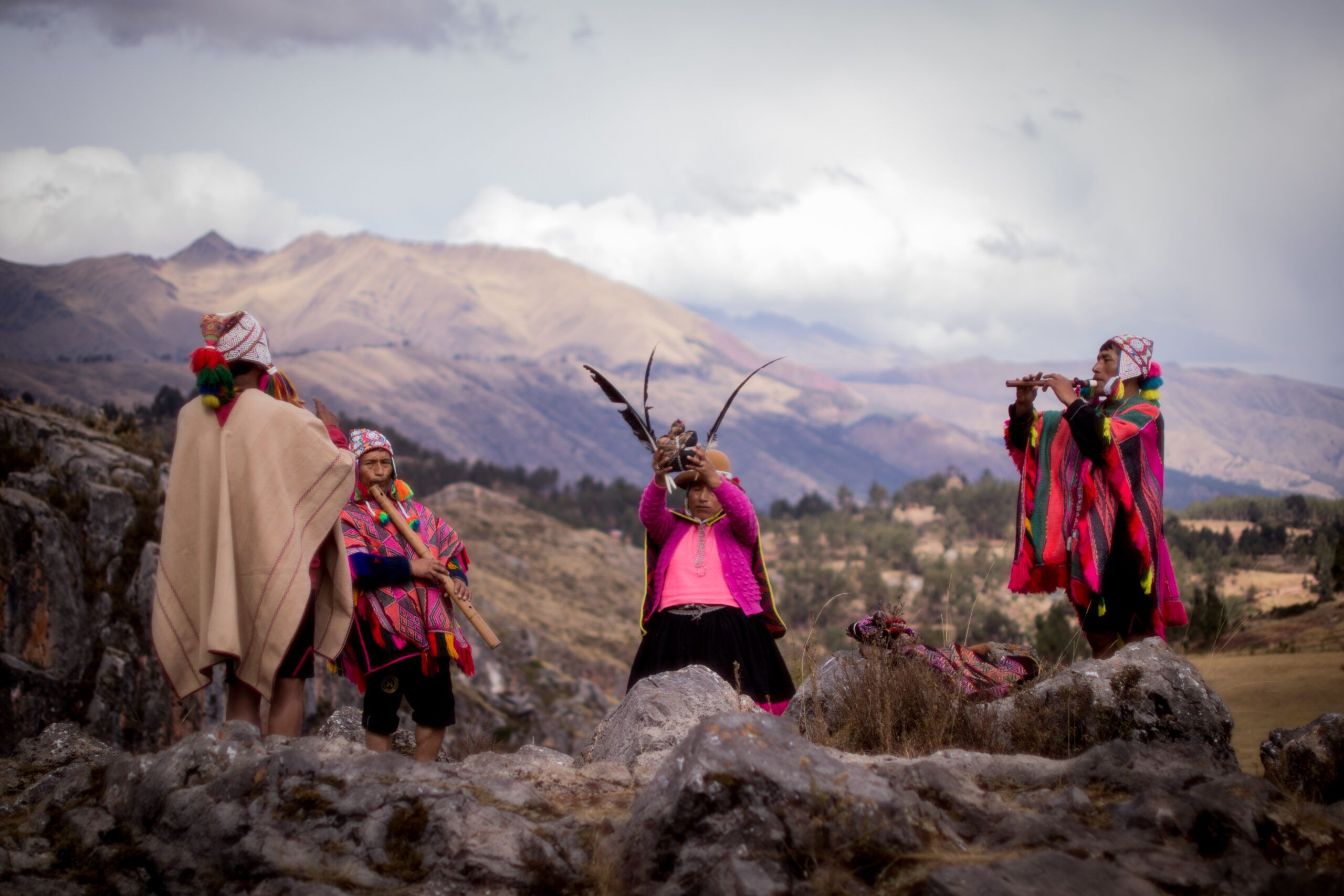The vibrant Textiles of the Andes are more than just beautiful fabrics—they are a living language, encoding history, identity, and cosmology. From the precise geometry of Inca weavings to contemporary fashion reinventions, Andean textiles continue to tell stories. Let’s explore their enduring legacy.
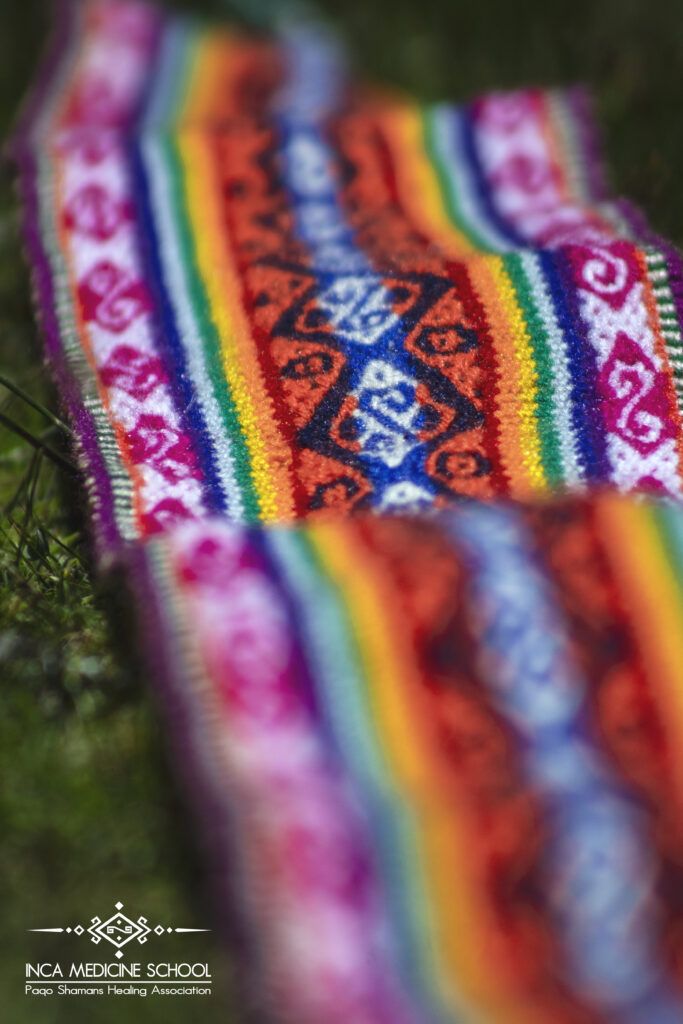
Andean Textiles: Woven Harmonies
Threads of Textiles History
How toques (headbands) indicated social status:
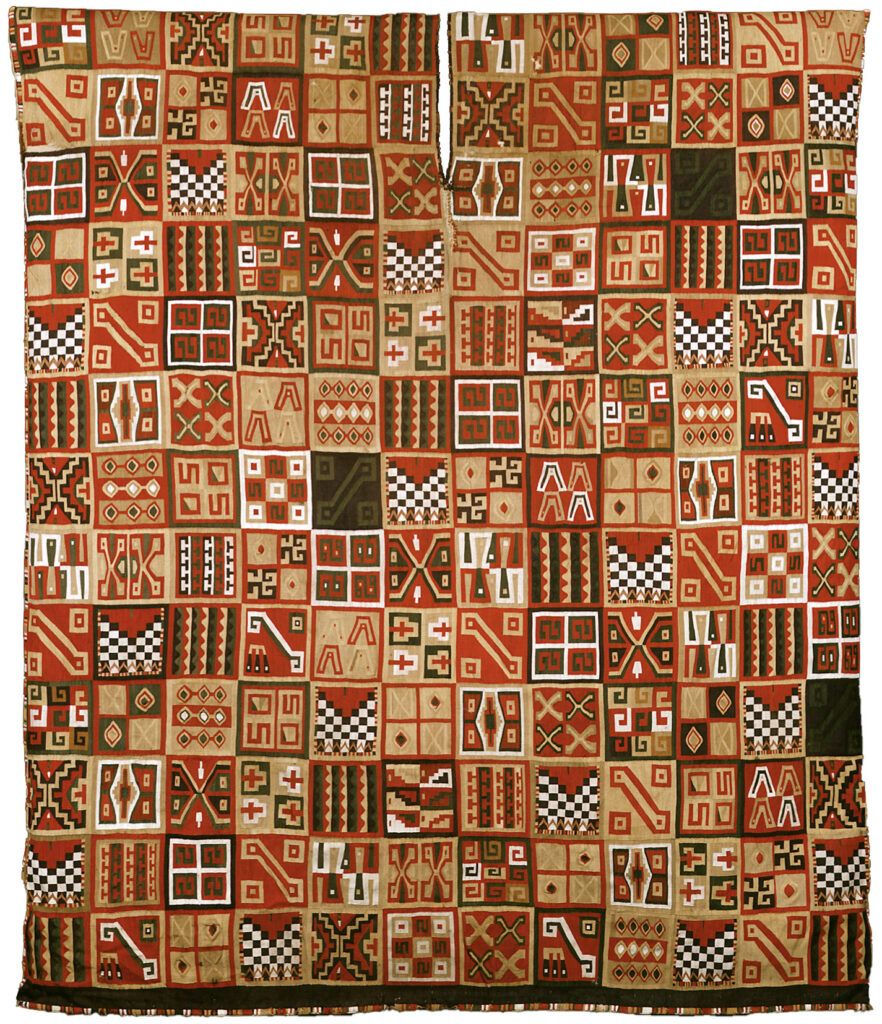
In the Inca Empire, textiles functioned as a visual language. Tocapus (intricate woven headbands) were more than adornments—they signaled rank, lineage, and regional identity. Elite individuals wore headbands with complex geometric patterns, while simpler designs denoted commoners (Rowe, 1979). Some scholars argue these symbols may have even conveyed proto-writing, embedding sacred knowledge in thread (Urton, 2003).
The mathematical precision of Inca weaving patterns:
Inca textiles display astonishing symmetry, often mirroring fractal-like precision. Researchers have found that some patterns align with astronomical cycles, suggesting a deep connection between weaving and Inca cosmology (Zuidema, 1982). The “ceque system“—a ritual alignment of sacred pathways—may even be encoded in textile designs (Bauer, 1998).
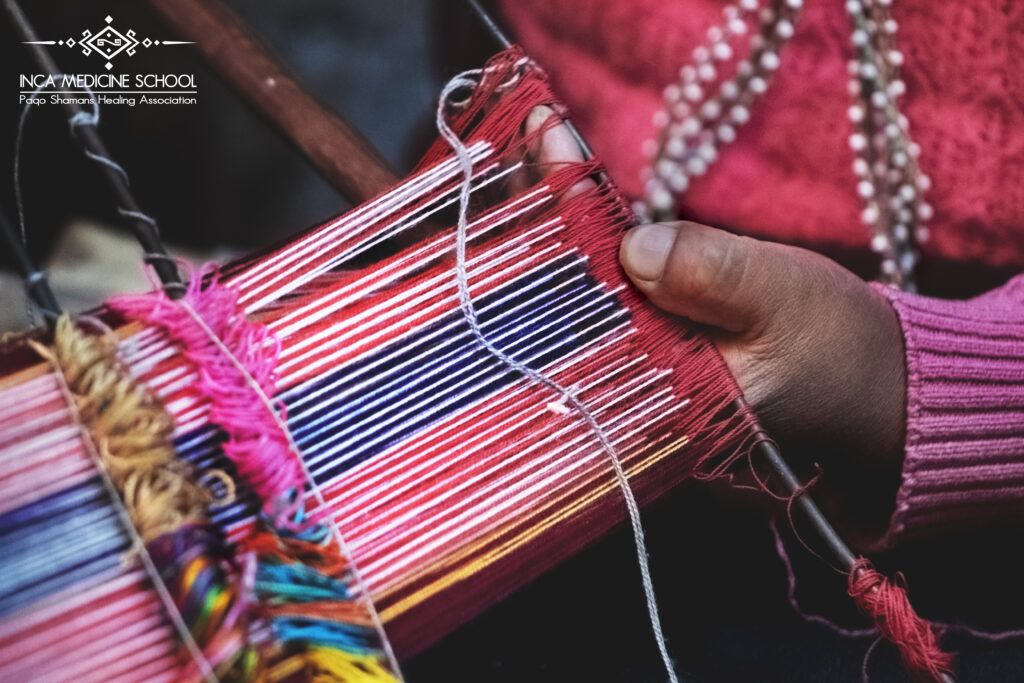
Living Loom Traditions of Textiles
Chinchero’s Weaving Cooperatives:
In Chinchero, Peru, weaving cooperatives like CTTC (Center for Traditional Textiles of Cusco) preserve ancient techniques. Master weavers teach younger generations double-faced weaving and natural dyeing, ensuring ancestral knowledge survives (Heckman, 2003).
- Natural Dye Revival: Using cochineal insects for crimson red, muña leaves for green, and q’olle flowers for yellow, artisans reconnect with pre-Columbian palettes (Franquemont, 2009).
- Tourism’s Double Edge: While tourism provides income, it also risks commodifying traditions. Some cooperatives now offer workshops instead of mass sales, fostering deeper cultural exchange (Scarborough, 2020).
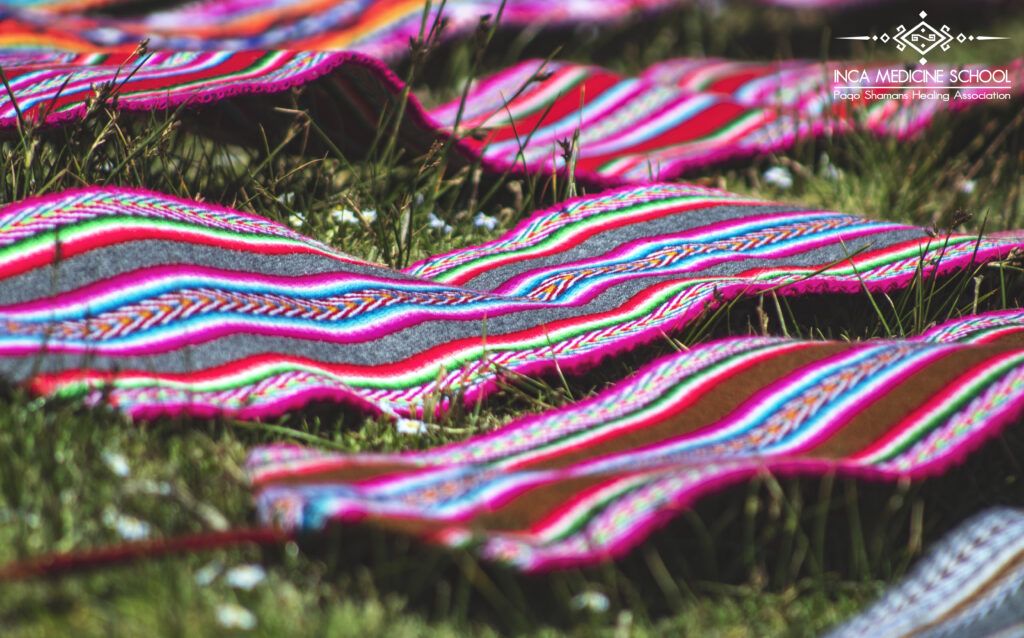
Contemporary Fiber Arts
Avant-Garde Andean Fashion:
Modern designers are reimagining ancestral techniques:
- Elena Phipps, a textile scholar-artist, collaborates with Quechua weavers to create museum-quality pieces (Phipps, 2013).
- Ethical Fashion Brands like Awamaki and K’uyichi partner with rural artisans, ensuring fair wages and cultural preservation (Littrell & Dickson, 2010).
References
- Bauer, B. (1998). The Sacred Landscape of the Inca. University of Texas Press.
- Franquemont, E. (2009). Weaving in the Peruvian Highlands. Interweave Press.
- Heckman, A. (2003). Woven Stories: Andean Textiles and Rituals. UNM Press.
- Phipps, E. (2013). The Peruvian Four-Selvaged Cloth. Fowler Museum.
- Urton, G. (2003). Signs of the Inka Khipu. University of Texas Press.

